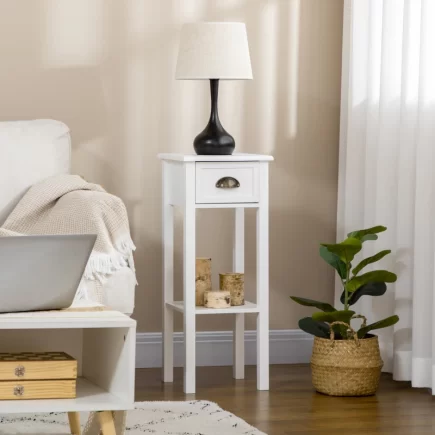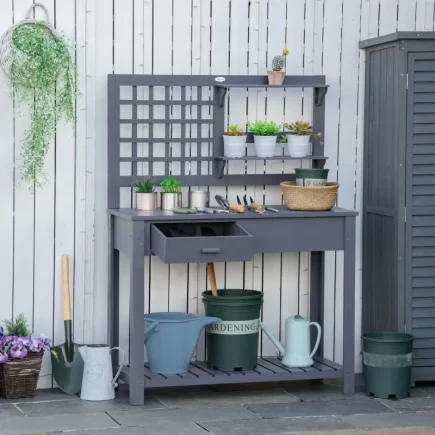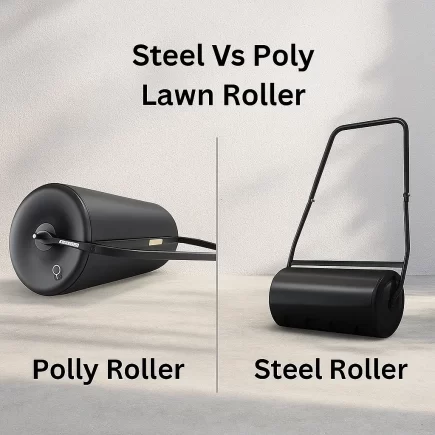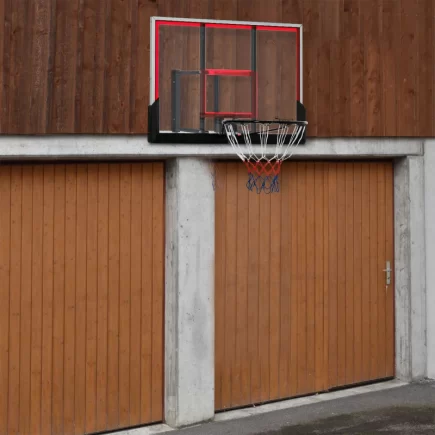Raised garden beds are an increasingly popular choice for gardeners looking to grow vegetables, herbs, and flowers. Whether you’re a seasoned gardener or just starting out, these elevated garden spaces offer several advantages that make them the perfect growing solution for small or large spaces. They provide better soil control, improved drainage, and easier access, making gardening an enjoyable and productive experience.

Herbs to Grow in Raised Beds
Herbs are a fantastic choice for raised garden beds because they are compact, easy to grow, and thrive in well-drained soil. Most herbs do well in raised beds since they don’t require a lot of space to grow, and they can be planted around the edges to maximize your bed’s planting area.
Perennial Herbs (Come back year after year)
These herbs grow year-round in warmer climates and come back each spring after winter dormancy:
- Basil (Usually grown as an annual)
- Chives
- Lavender
- Marjoram
- Oregano
- Rosemary
- Sage
- Thyme

Annual Herbs (Grown and harvested within one season)
These herbs need to be replanted each year but grow quickly:
- Cilantro
- Dill
- Parsley
- Summer Savory
Herbs should be planted in well-draining soil around the edges of your raised bed to help them flourish. For herbs like basil, ensure they receive plenty of sunlight to promote robust growth.
Best Vegetables for Raised Garden Beds
Leafy greens are one of the easiest and most rewarding crops to grow in raised garden beds. They grow quickly, can be harvested multiple times throughout the season, and are ideal for space-efficient planting.

Top Leafy Greens
- Arugula
- Kale
- Lettuce
- Mizuna
- Napa Cabbage
- Purple Mustard
- Romaine
- Spinach
- Swiss Chard
Leafy greens thrive in the cooler months, making them perfect for early spring or late fall planting. They grow well in partial shade, so you can plant them in areas that may not receive full sunlight all day.
Root Crops for Raised Garden Beds
Root crops are ideal for raised beds because the loose, well-draining soil promotes healthy root development. Raised beds allow roots to grow straight and deep, giving you a better harvest with fewer issues.
Top Root Crops
- Beets
- Radishes
- Turnips
These crops are great for beginners, as they are easy to grow and require minimal care. Radishes are particularly fast-growing, and you can harvest them in as little as 30 days. Carrots and beets, on the other hand, take a bit more time but are definitely worth the wait.
Fruiting Plants for Raised Garden Beds
Fruiting plants, like tomatoes, peppers, and cucumbers, thrive in raised beds where their roots have plenty of room to spread. These plants benefit from the fertile soil and warm temperatures that raised beds provide. Many fruiting plants also perform well when trained to grow vertically, saving space and enhancing your garden’s aesthetic.

Top Fruiting Plants
- Strawberries
- Raspberries
- Melons (Cantaloupe, Watermelon, Honeydew)
- Grapes
- Figs
- Rhubarb
- Cherry Tomatoes
- Cucumbers
- Okra
- Peppers
- Squash
- Zucchini
Consider using trellises or other vertical structures to support climbing plants like peas, cucumbers, and beans. This not only saves valuable space but also helps keep your plants healthy by allowing air to circulate freely.
Legumes and Beans in Raised Garden Beds
Legumes, including beans and peas, are an excellent choice for raised garden beds because they help fix nitrogen in the soil, enriching it for other plants. Beans and peas are easy to grow and require minimal care once established.

Types of Beans
- Bush Beans: These beans grow compactly and don’t require a trellis.
- Pole Beans: These beans grow vertically, making them perfect for raised beds with limited space.
Sugar Snap Peas
Sugar snap peas thrive in raised beds, especially when supported by a trellis for vertical growth. Beans and peas generally require full sun and well-drained soil, so be sure to plant them in an area that receives plenty of sunlight.
What to Plant in Different Seasons
One of the great benefits of raised garden beds is the ability to plant throughout the seasons. With proper planning, you can enjoy a variety of fresh produce year-round. Here’s a quick guide to what to plant in your raised garden bed based on the season:
| Season | Plants to Grow |
| Winter | Lettuce, Mustard Greens, Garlic |
| Spring | Tomatoes, Peppers, Beans, Carrots |
| Summer | Zucchini, Cucumbers, Squash, Beans |
| Fall | Kale, Beets, Radishes |
By choosing crops that thrive in different seasons, you can maximize your raised bed’s potential and enjoy a continuous harvest.
Arranging Plants in a Raised Garden Bed
Proper arrangement is key to optimizing space and ensuring that each plant receives the appropriate amount of sunlight, water, and air circulation. When planning your raised bed, consider the mature size of each plant. Here’s how to arrange them for optimal growth:
- Smaller Plants (Herbs, Leafy Greens): Place these plants along the edges of your raised bed.
- Medium Plants (Peppers, Tomatoes, Beans): These plants should go in the middle of the bed.
- Large Plants (Squash, Cucumbers): Reserve the center or back of the bed for these taller plants, and use vertical support like trellises.
This layout helps avoid overcrowding and ensures that taller plants don’t block the sun from smaller ones.
By carefully selecting your plants based on size, growing season, and compatibility, you can create a thriving garden that yields a bounty of delicious, homegrown produce all year long.
FAQs
1. Why are raised garden beds better than traditional gardens?
Raised beds offer better drainage, improved soil quality, fewer weeds, and easier access for planting and harvesting, especially helpful for people with mobility issues.
2. What month should I plant my vegetable garden?
Plant your vegetable garden in early spring, after the last frost. The exact month depends on your climate zone but typically, late March to early May is ideal for most regions.
3. What is the best thing to put in a raised garden bed?
Fill your raised bed with a mix of high-quality soil, compost, and organic matter. This combination ensures proper drainage, good fertility, and essential nutrients for plant growth. A 60-30-10 ratio (soil, compost, and other organic matter) works well.




























